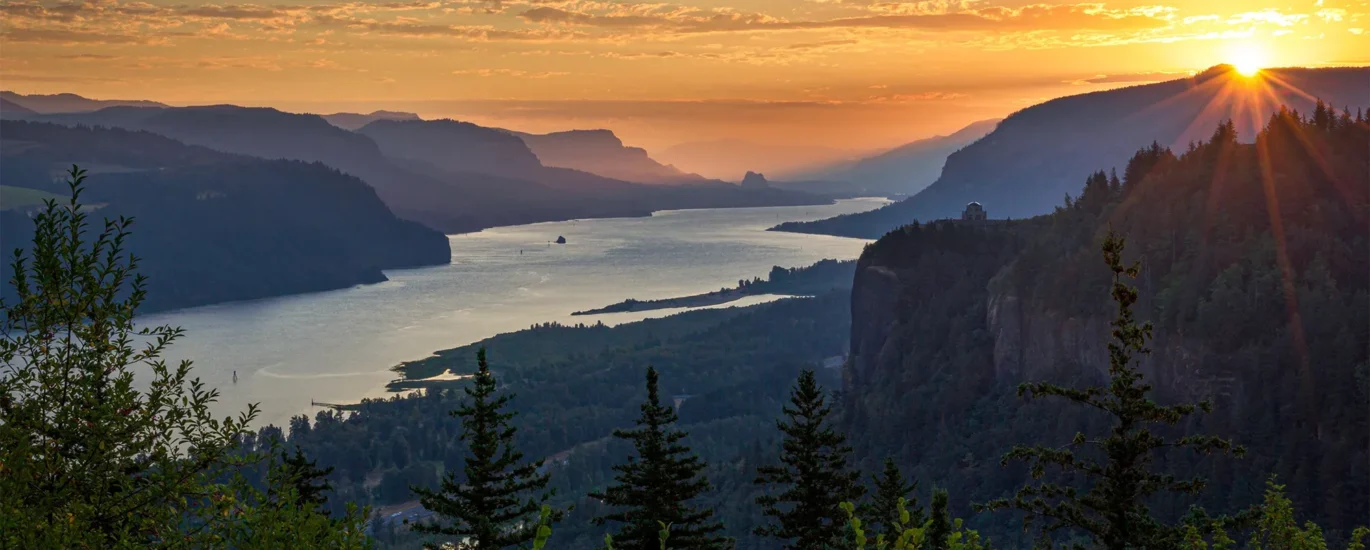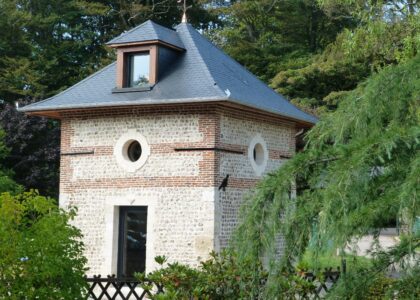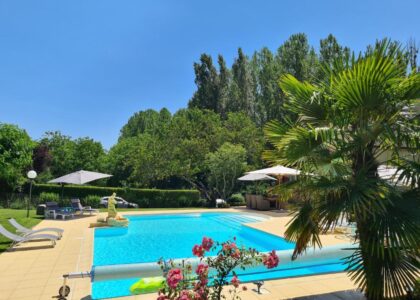Welcome to the Columbia River Gorge, a spectacular natural landmark steeped in rich history and cultural significance. This 80-mile canyon, carved by the mighty Columbia River, serves as a natural boundary between Oregon and Washington. Its formation began millions of years ago, shaped by volcanic activity and the dramatic Missoula Floods, which further sculpted the landscape by carving deep canyons and creating the dramatic cliffs and waterfalls we see today.
For thousands of years, the river banks were home to Indigenous peoples, who used the area as a vital trading hub, especially during the salmon runs. Tribes like the Chinookan and Sahaptin were instrumental in controlling trade routes, exchanging goods such as fish, shells, and hides. The Gorge was a meeting point for tribes from as far as British Columbia and Northern California.
In 1792, European exploration brought two notable figures to the Columbia River: Robert Gray from the United States and George Vancouver from Britain. Their encounters marked the beginning of European interest in the region. The Lewis and Clark Expedition, tasked with exploring the newly acquired western territory of the United States, passed through the Gorge in 1805, noting its strategic and economic importance.
The early 19th century saw the arrival of fur traders. In 1811, David Thompson of the North West Fur Company navigated the Columbia River, establishing trade routes and setting the stage for future economic expansion. By 1824, the Hudson’s Bay Company, a dominant force in the fur trade, had established Fort Vancouver, relying heavily on Indigenous knowledge and resources.
As settlers moved westward, the Oregon Trail became a pivotal route, with the Columbia River Gorge serving as a key passage. The Gorge’s challenging terrain made it difficult for early settlers, but it was eventually conquered with the development of steamboat routes and railroads, transforming it into a vital transportation corridor.
Today, the Columbia River Gorge is not only a breathtaking natural wonder but also a reminder of the complex interplay of nature and human history. Its dramatic scenery, rich ecosystems, and historical significance make it a unique point of interest for visitors and locals alike.





